ARCHEOLOGIA DELL’IMMANENZA
Terzospazio, Venezia (IT)
60 Lettere di alluminio, 8,5 m
carboncino su carta velina, 90x60 cm
with 27 etchings by Vincenzo Punzo https://www.vincenzopunzo.com/2023-2/
2023
Talk with Emilio Fantin and Denise Parizek
live performance
to see the catalogue click here
Gli artisti Cristina Calderoni e Vincenzo Punzo, si incontrano nella volontà di trascendere il proprio io-soggettivo per accogliere le specificità ed il divenire dei corpi con cui interagiscono. Archiviando tentativi, parole e gestualità, interrogano le parti e i rapporti che le muovono, provando a coglierne le dinamiche generative, le peculiarità e le comunanze. Unica porta d’accesso all’immagine è per entrambi la dimensione relazionale terrena, empirica ed immanente, in cui l’interferenza tra entità fisiche, genera un’epifania visiva del pensiero.
Il gesto istintuale e reiterato di Punzo, impresso sulla matrice, si manifesta nel mutare della materia, nei solchi corrosi del metallo e nella superficie dell’inchiostro che si deposita sulla carta, in un processo che riporta l’immagine a uno stato embrionale e potenziale di conoscenza.
Calderoni, nel dedicarsi alla superficie, raggiunge la profondità, sfumando i confini tra intimità e condivisione. Come un’archeologa della memoria raccoglie tracce dalle persone con cui dialoga e dagli spazi che abita, racchiude le storie dei suoi confidenti nel calco delle loro mani e segna lo spazio attraverso l’utilizzo di lettering e medium variabili.
Giulia Maria Chiara Galliano, Martino de Vincenti
The artists meet in the desire to transcend their own subjective selves in order to embrace the specificities and the becoming of the bodies with which they interact. Through experiments, words and gestures, they question the parts and the relationships that move them, trying to grasp their generative dynamics, their particularities and their commonalities. For both, the only gateway to the image is the earthly, empirical and immanent relational dimension, in which the interference between physical entities generates a visual epiphany of thought.Punzo's instinctive and repeated gesture, imprinted on the matrix, is manifested in the transformation of the material, in the corroded grooves of the metal and in the surface of the ink deposited on the paper, in a process that returns the image to an embryonic and potential state of knowledge. By devoting herself to the surface, Calderoni reaches into the depths, blurring the boundaries between intimacy and sharing. Like an archaeologist of memory, she collects traces from the people she converses with and the spaces she inhabits, encapsulating the stories of her confidants in the cast of her hands and marking the space through the use of variable lettering and media.
We want to see the abyss, and changing the dimension of our gaze gives the reader who experiences it, empathy helps him to welcome that dark zone that each of us has, it refers to an intimate but at the same time political place.
Giulia Maria Chiara Galliano, Martino de Vincenti
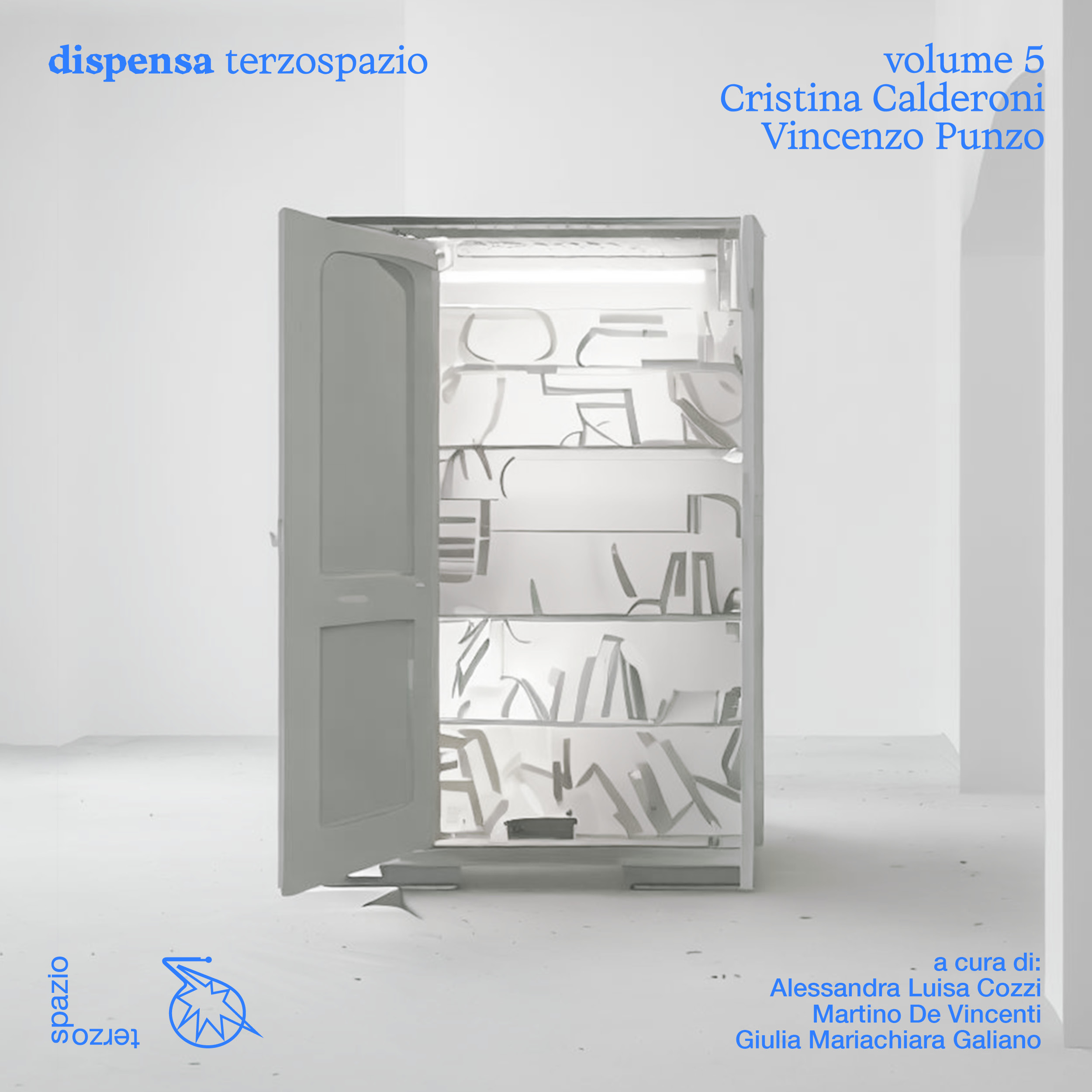





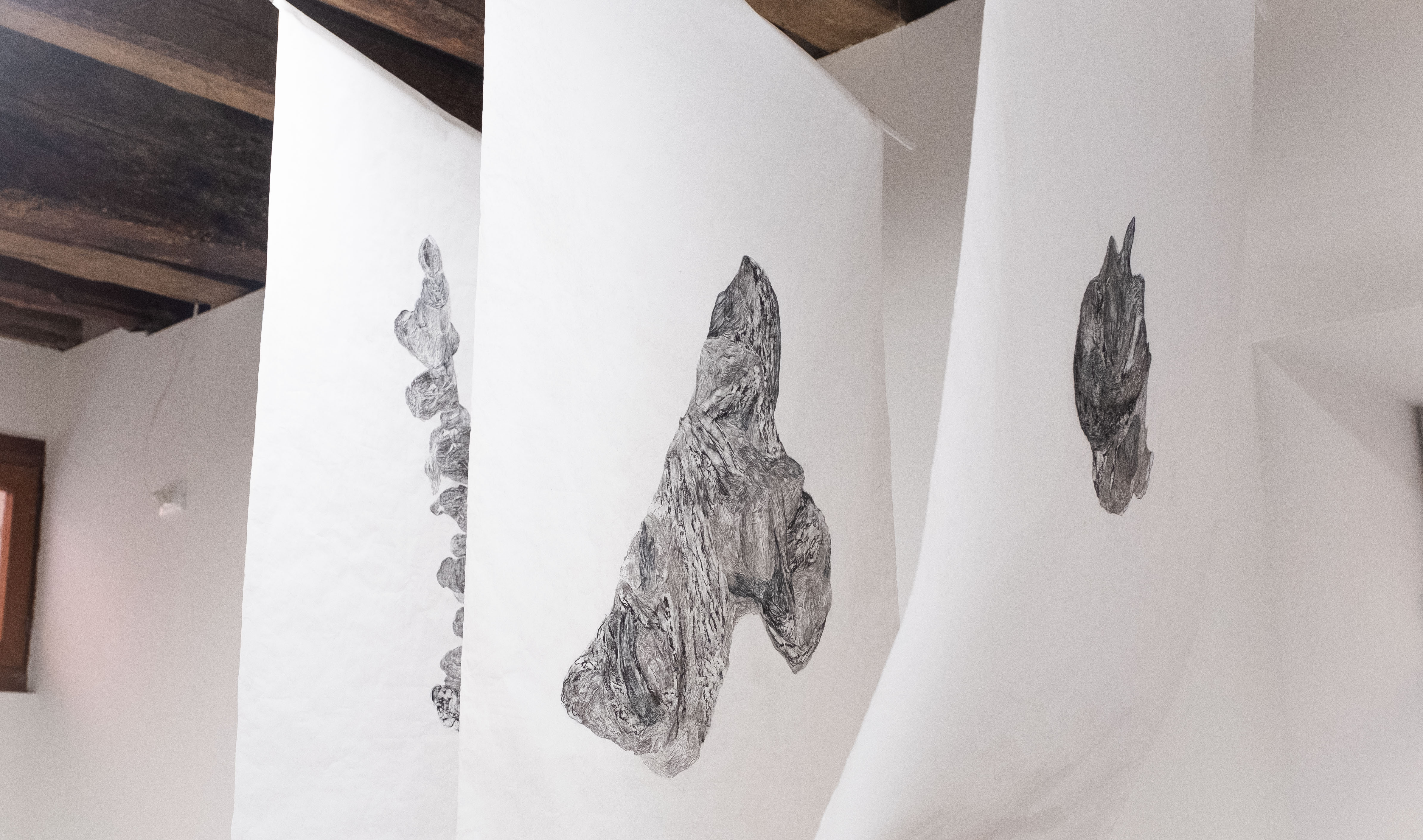
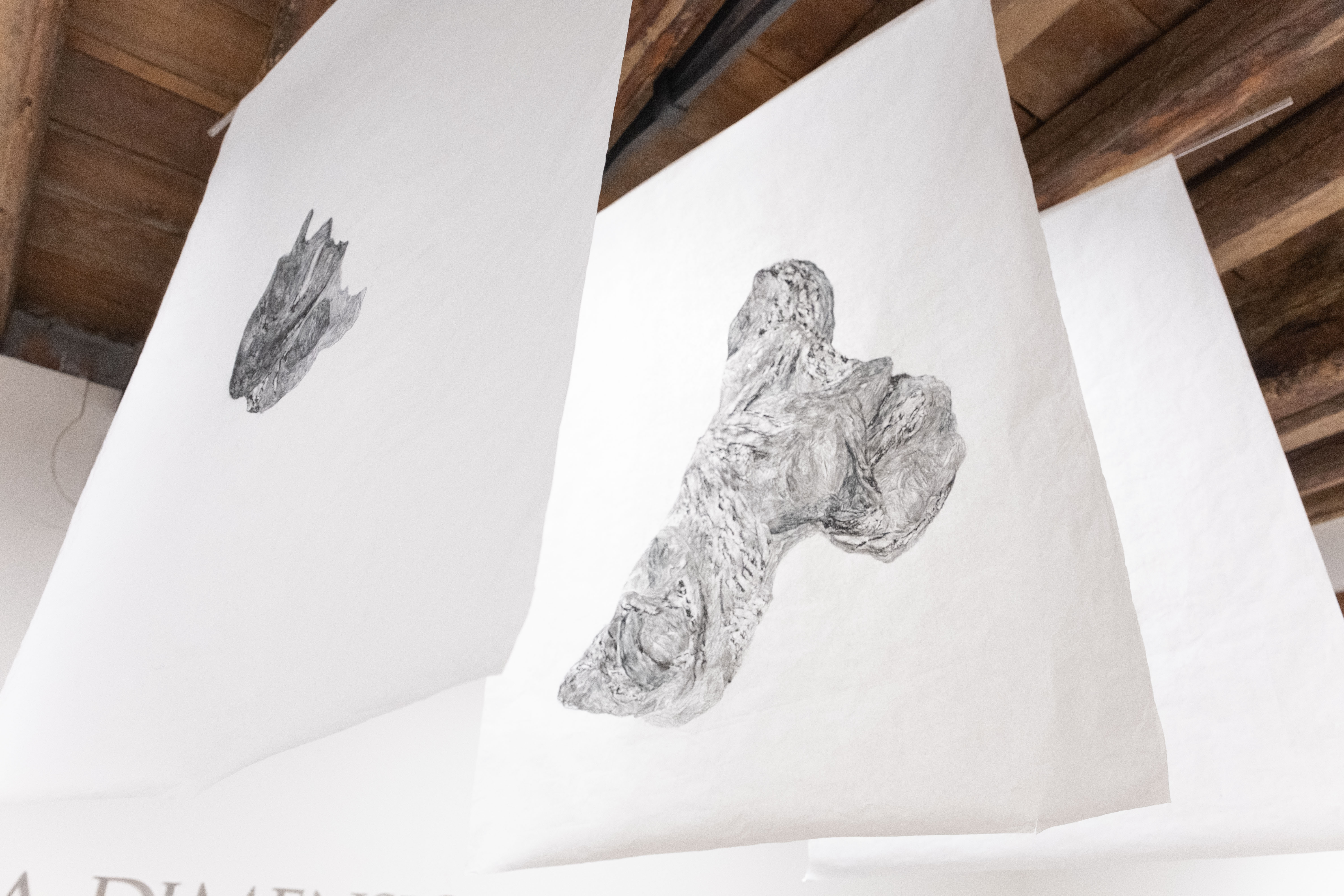
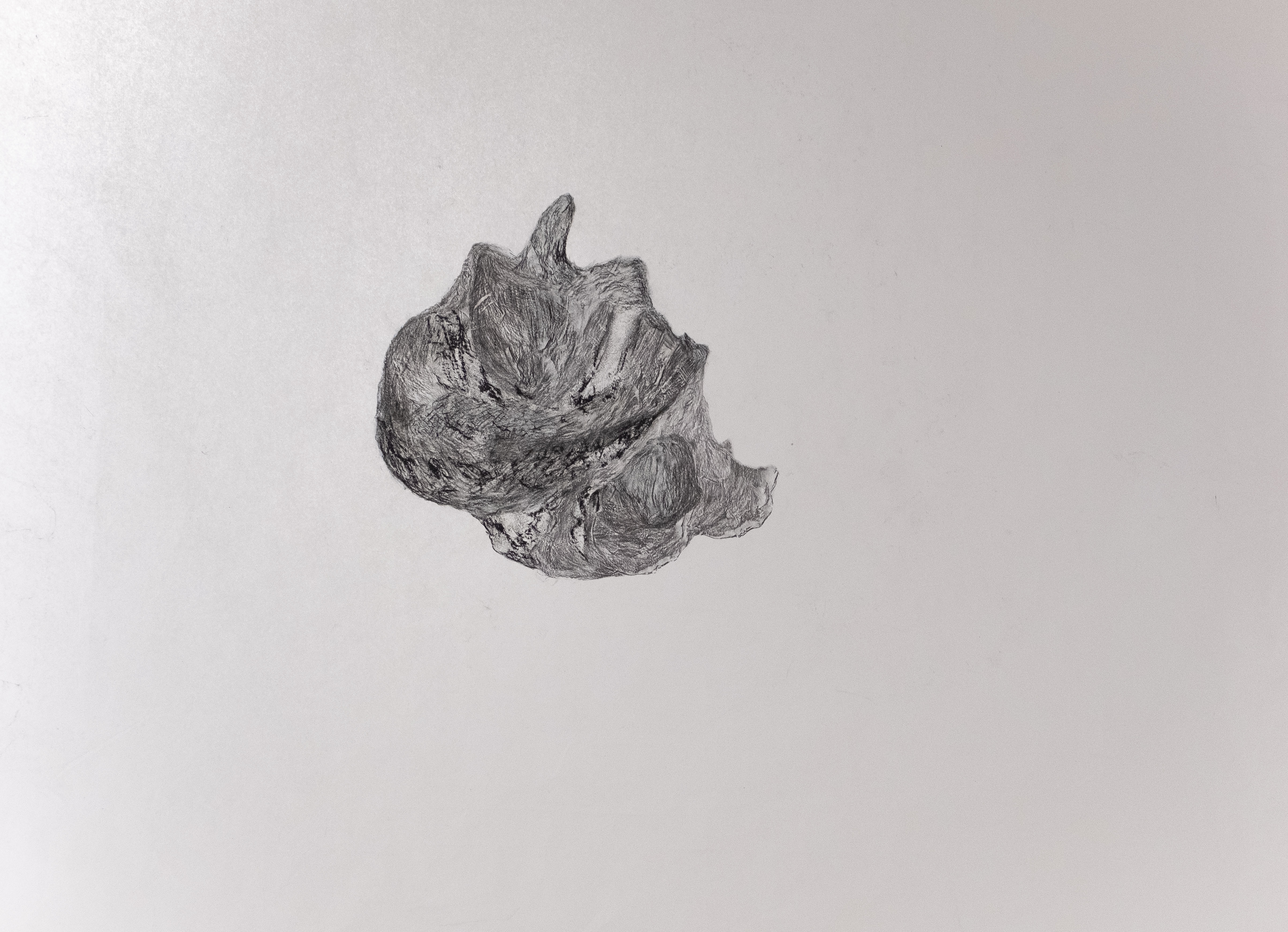
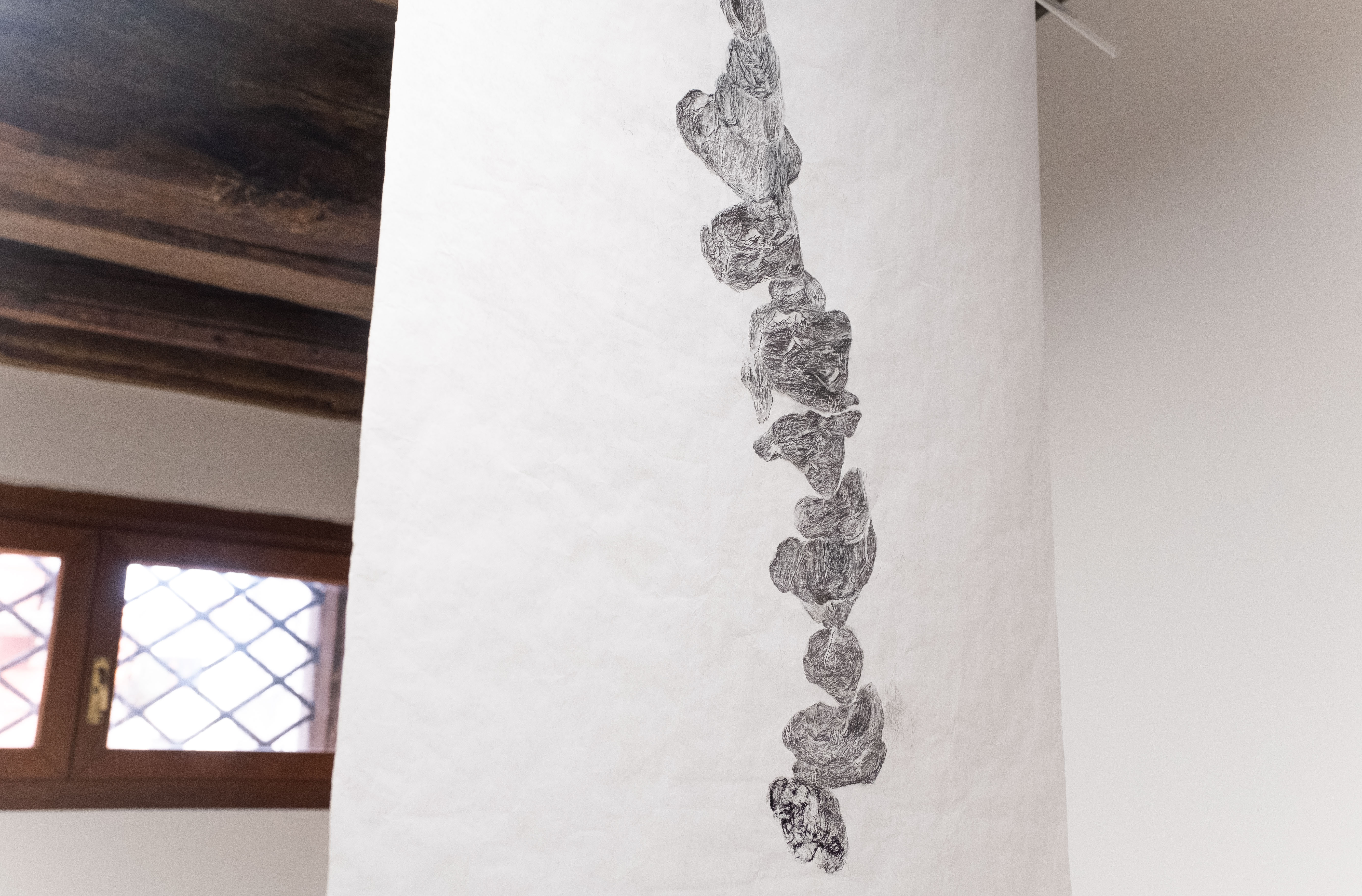
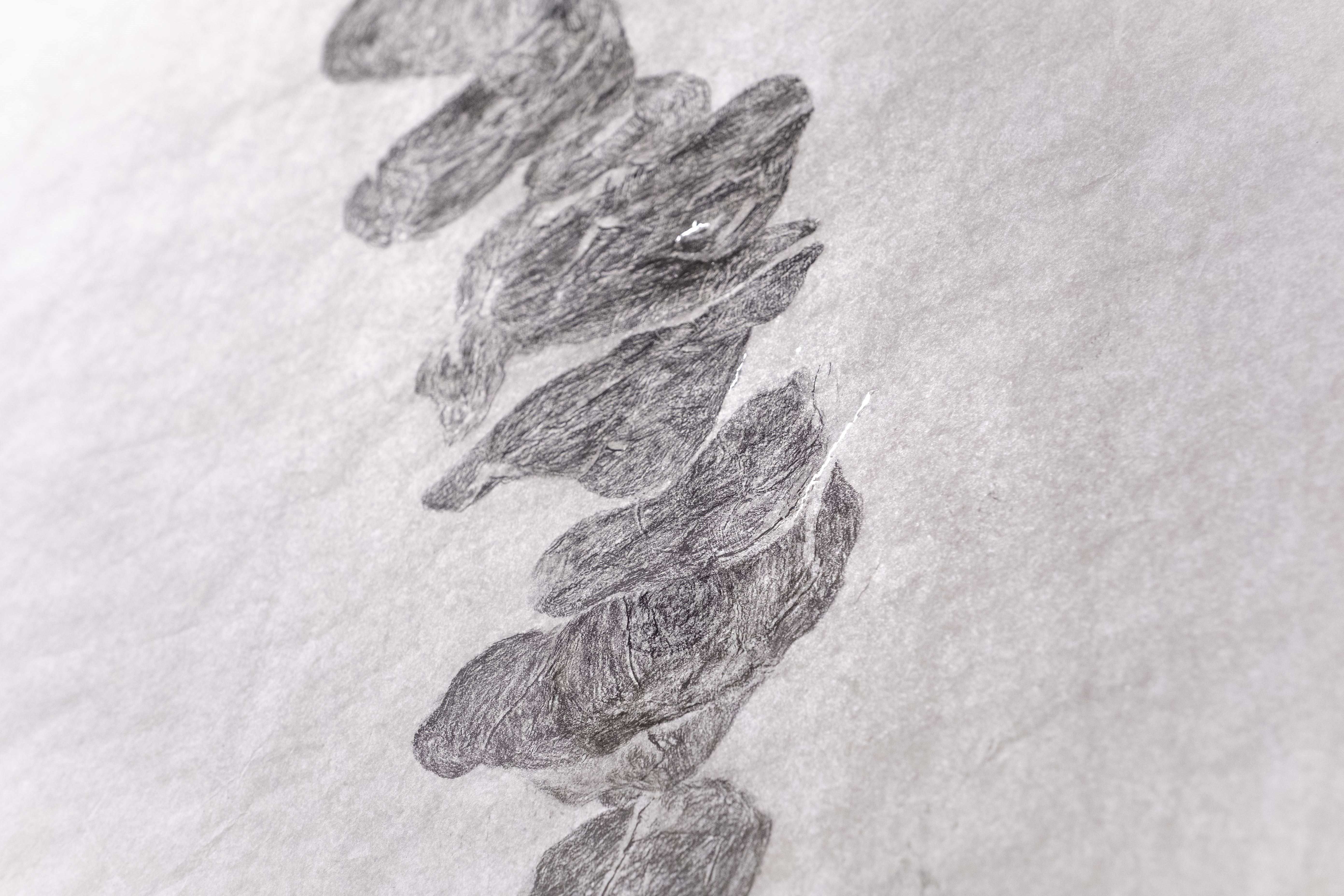

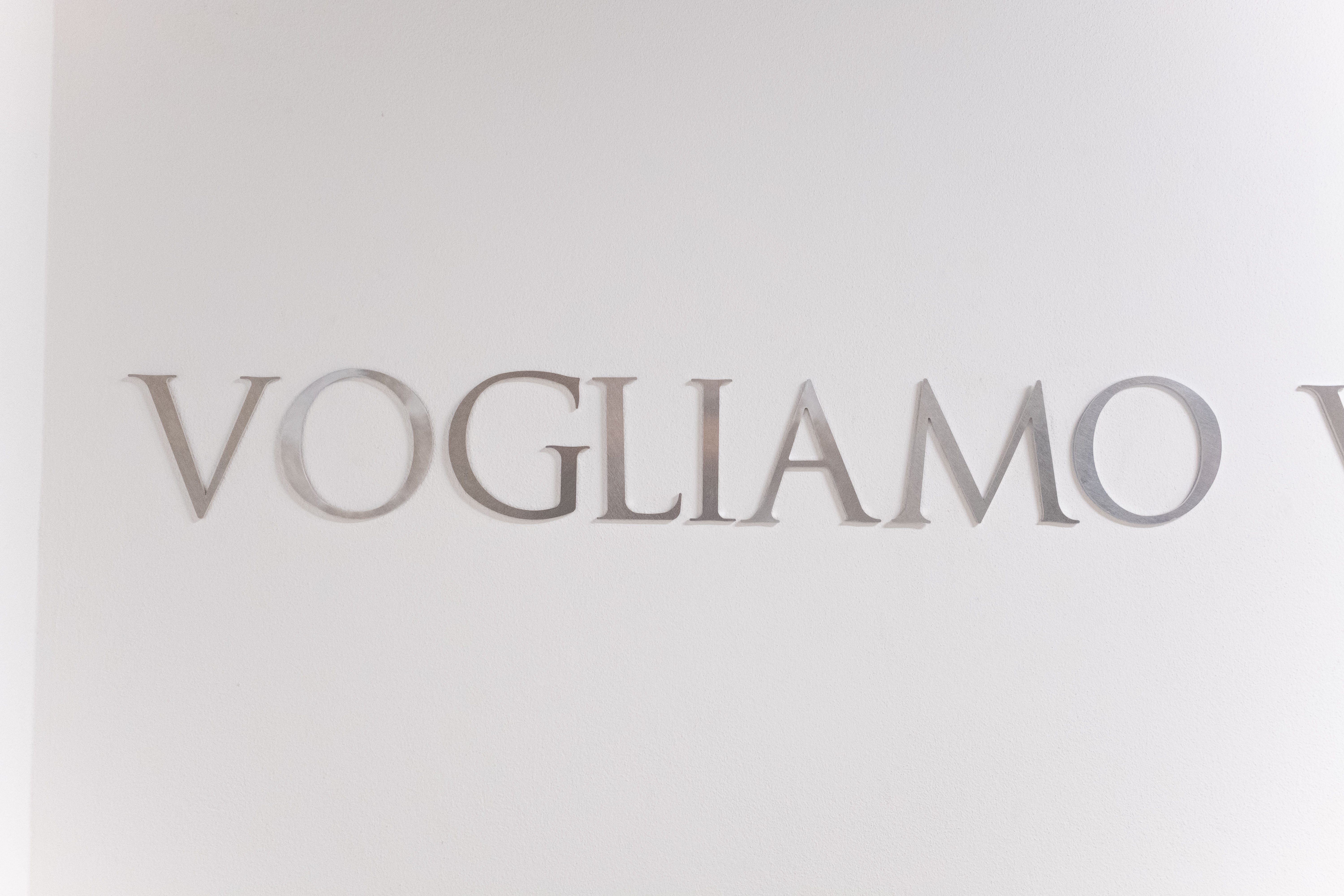

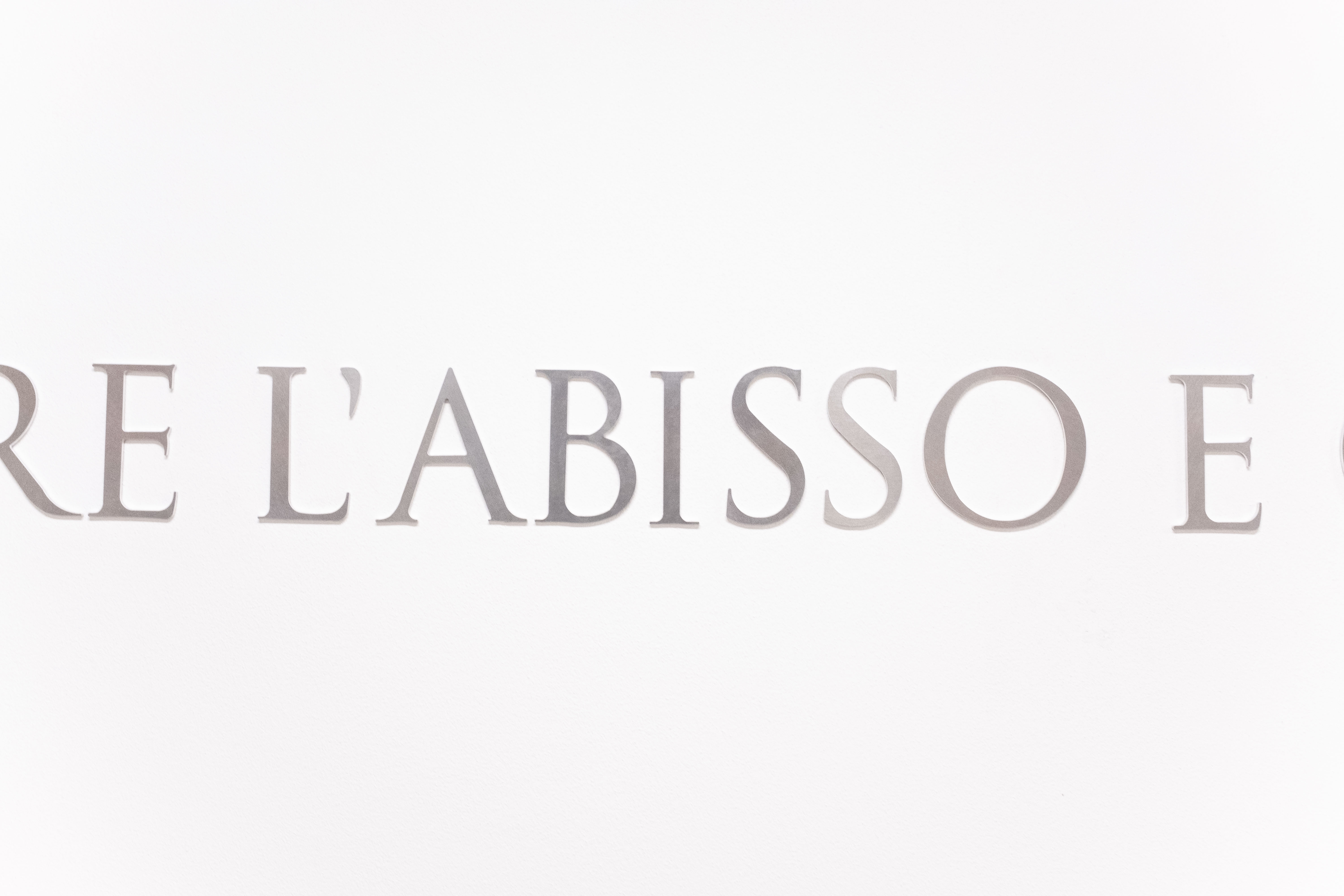
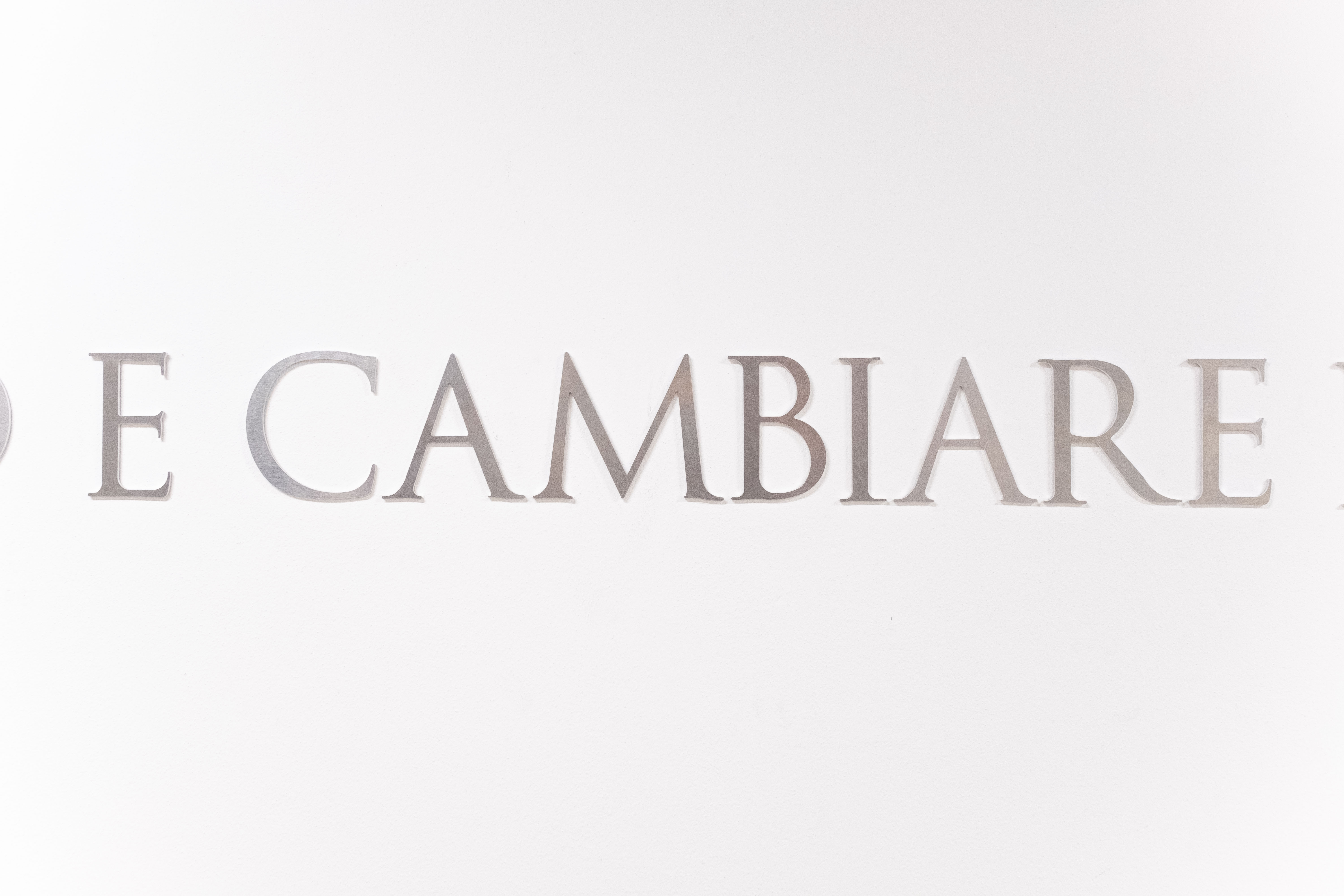
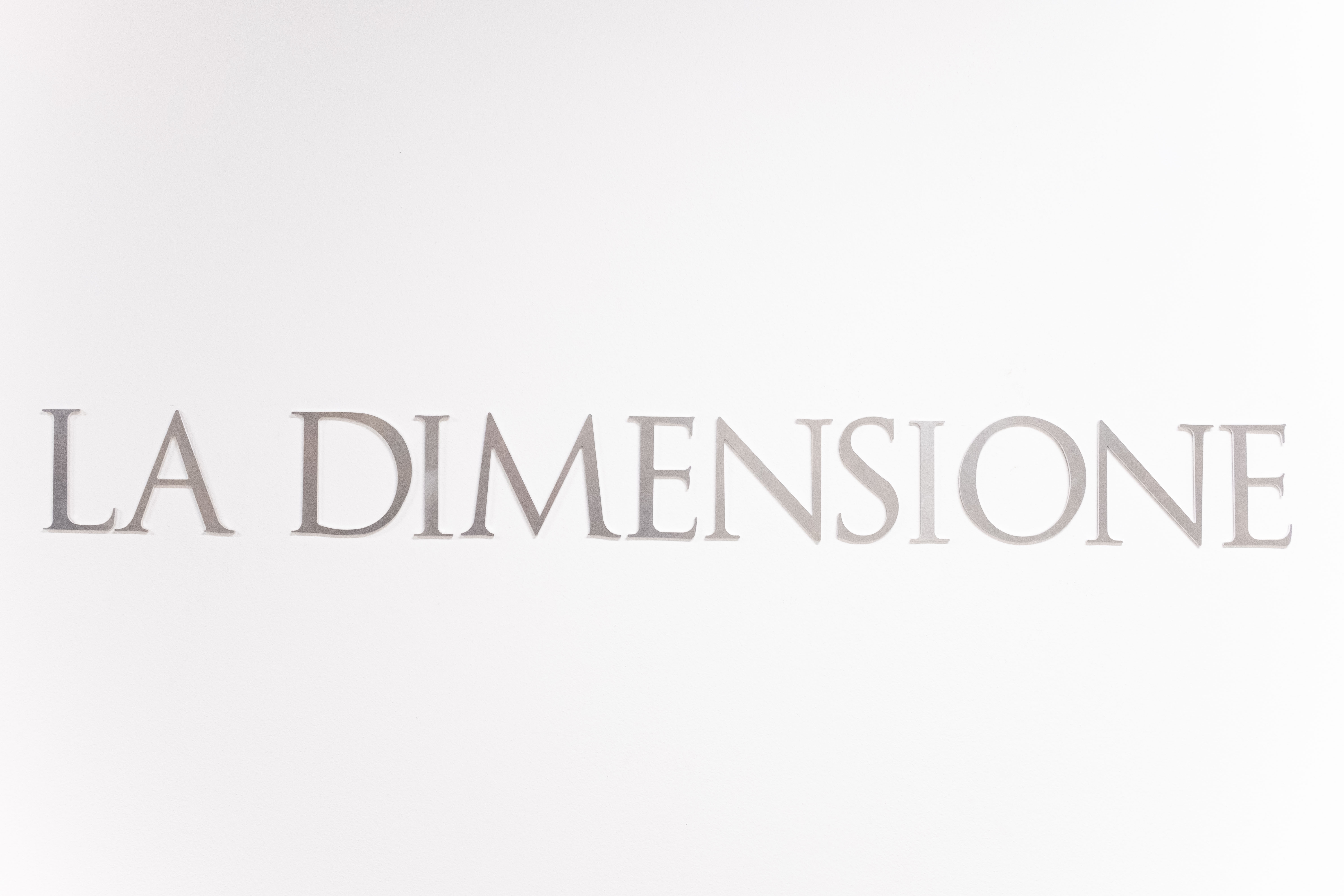
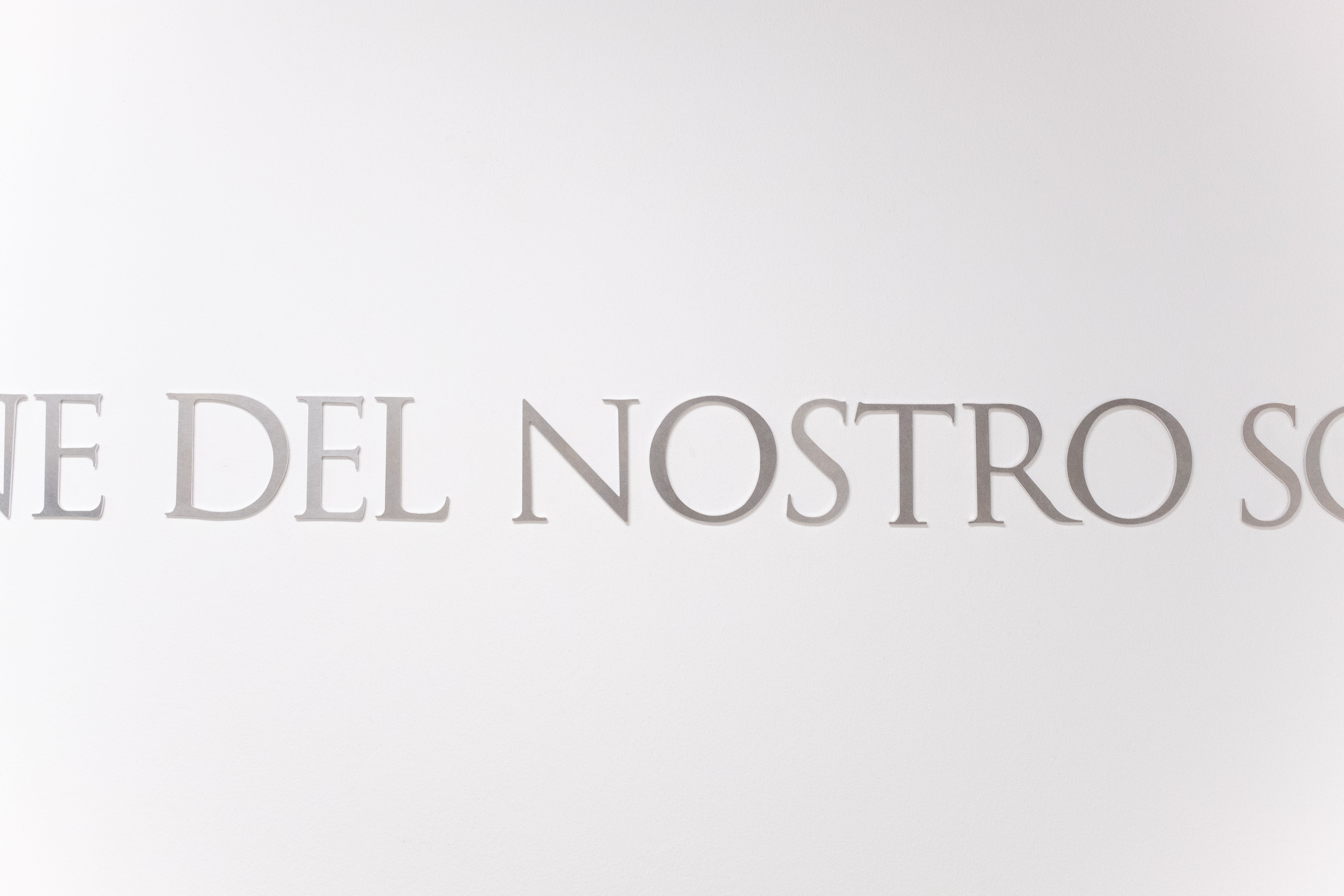
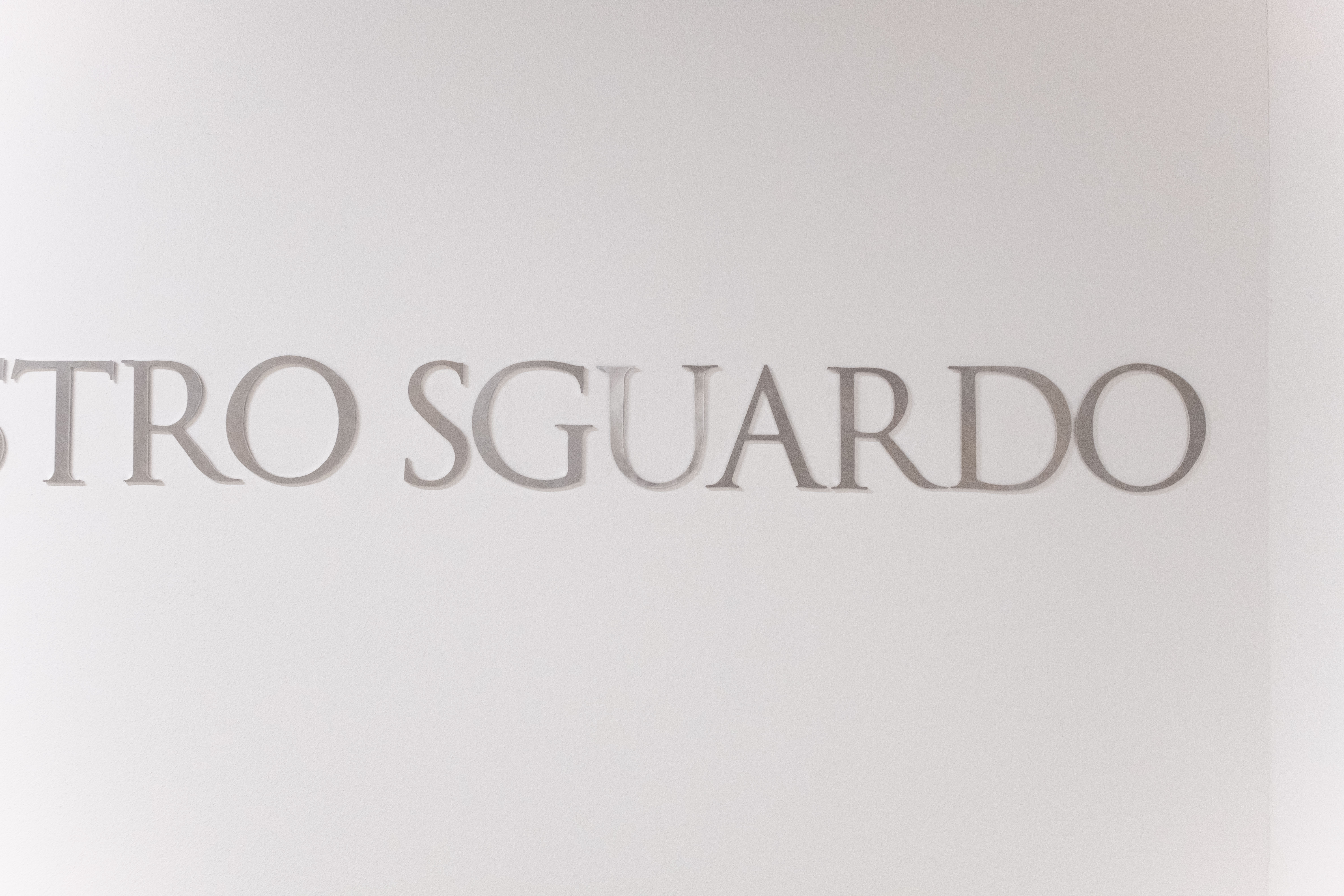
ph.credit Cristina Calderoni, Francesco Cinà